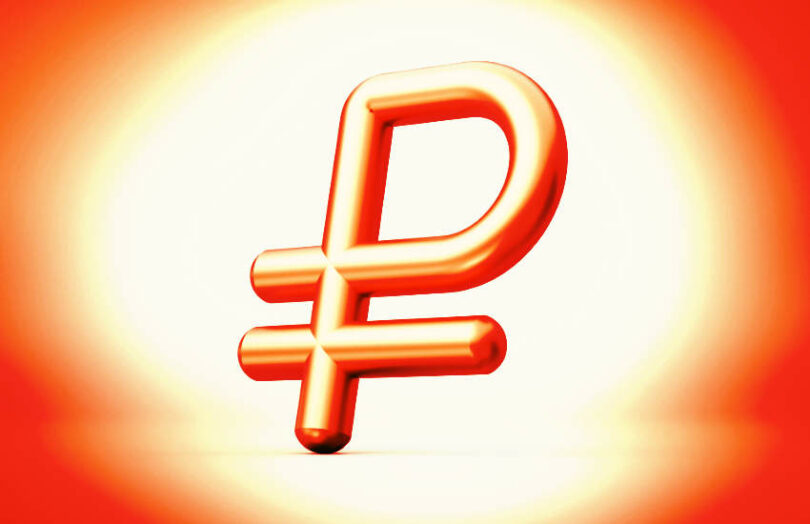On Tuesday, Russia’s lower house, the State Duma, passed legislation approving the introduction of a central bank digital currency (CBDC) or digital ruble. The country’s upper chamber still needs ratify the law, but it represents an important step in its digital currency endeavors. The Bank of Russia was scheduled to start a live pilot with 13 financial institutions on April 1, but it was delayed due to the lack of the necessary legislation. The trials are now expected to start later this month.
The digital ruble evolution
Russia’s central bank began exploring the possibility of issuing a digital currency in 2019, when it first floated the idea of using a gold-backed cryptocurrency for international settlements. As time went by, the central bank shifted its focus to CBDC.
However, gold backed tokens will also be used for cross border settlement in the near term, as Russia has existing laws for privately issued Digital Financial Assets which were originally not allowed to be used for payment.
Regarding the CBDC, according to Olga Skorobogatova, first deputy governor of the Bank of Russia, the digital ruble has been primarily conceived as a retail tool for domestic payments and transfers. However, the central bank has also expressed interest in its cross-border applications, saying that the CBDC could provide a way around SWIFT, the messaging network that banned Russian banks following Putin’s 2022 invasion of Ukraine.
Since then, the country has accelerated its digital ruble work to issue a fully operational CBDC as soon as possible. However, the central bank hit a brick wall in March this year when it had to postpone the pilots scheduled to start in April owing to a delay in the State Duma to pass the enabling legislation.
New CBDC laws
The CBDC enabling law was amended in May to support its usage by non residents without restriction. This contrasts with many other central banks that target local users or visitors.
The legislation was included in a broader package of bills covering the introduction of a “third form of money” in the country, complementing the existing physical banknotes and commercial banks’ electronic money. The documents extend the central bank’s right “to determine the circle of users of the digital ruble platform, as well as control the list of transactions on the platform and their threshold amounts,” as per Interfax.
The laws still need to be considered by the Federal Council before being fully adopted, but it is likely that they will face no challenges.






